The State of Tennessee has a wide range of physiographic provinces, which are reflected by a great diversity of plant species, including forest trees and shrubs. The Tennessee Rare Plant List (Crabtree, Todd. 2021. Tennessee Natural Heritage Program. Rare Plant List. 57 pp. (PDF) ranks species for relative occurrence within the state. According to this publication:
- S1– Extremely rare and critically imperiled in the state with five or fewer occurrences, or very few remaining individuals, or because of some special condition where the species is particularly vulnerable to extirpation from Tennessee.
- S2– Very rare and imperiled within the state, six to twenty occurrences and less than 3,000 individuals, or few remaining individuals, or because of some factor(s) making it vulnerable to extirpation from Tennessee.
- S3– Rare and uncommon in the state, from 21 to 100 occurrences.
UT-TIP presently conserves the genetic resources of five species that range from S1 to S3 in the State ranking system. Three of the species have or are being decimated by nonnative pests. The other two species are very rare within the state.
American chestnut [Castanea dentata (Marsh.) Borkh., State rank: S2S3.
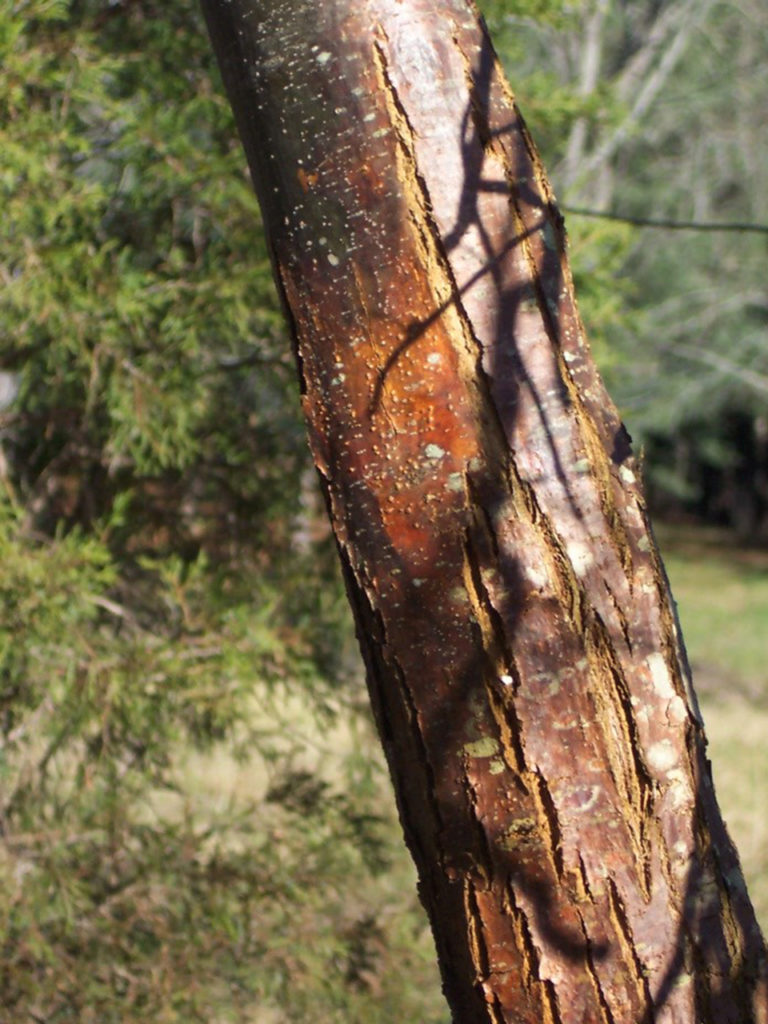
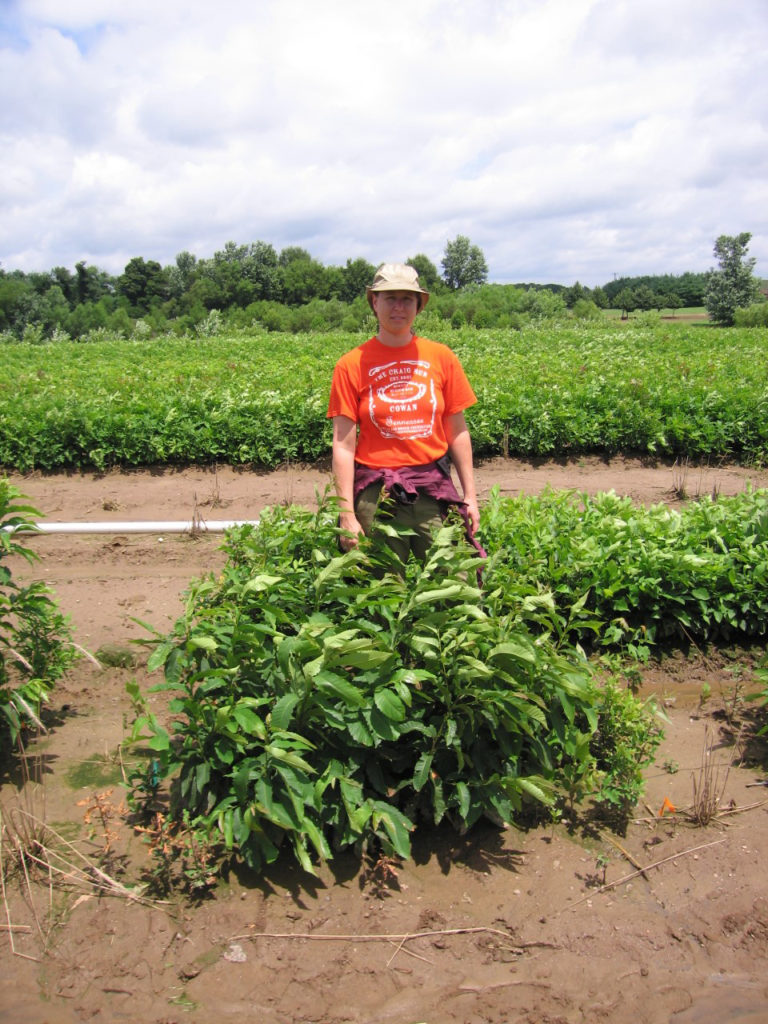
July 29, 2009
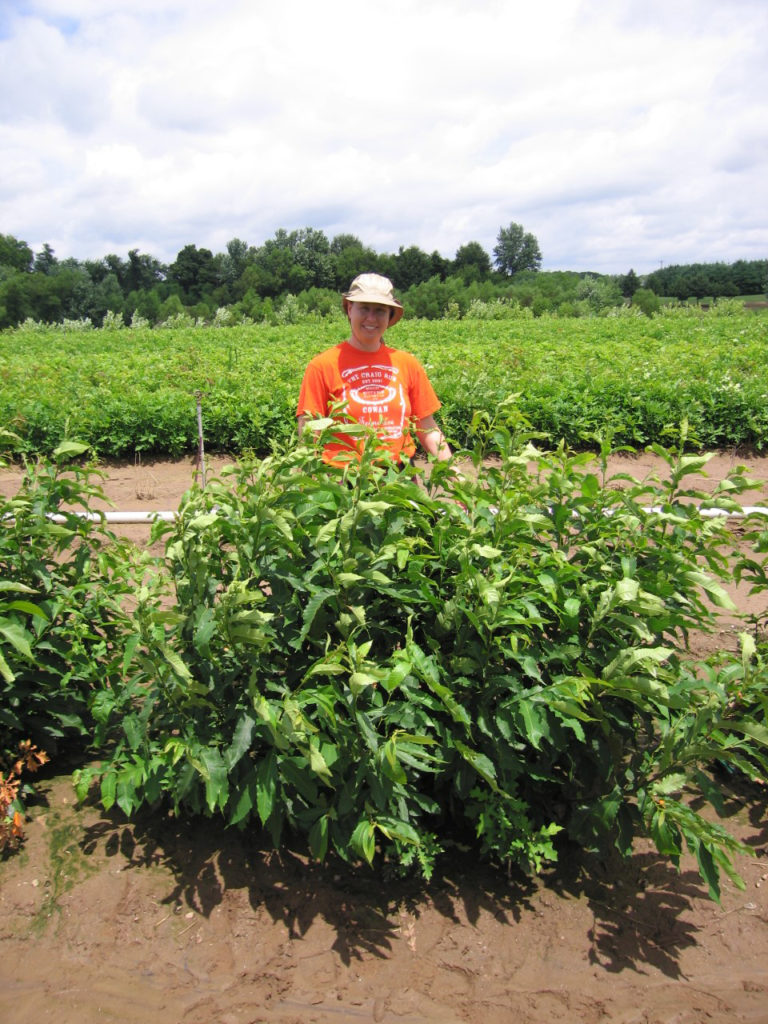
American chestnut was once a commonly encountered species, until two nonnative diseases, chestnut blight disease [causal agent: Cryphonectria parasitica (Murrill) M. E. Barr] and Phytophthora root rot disease (causal agent: Phytophthora cinnamomi Rands), removed the species as a mature component of the forest overstory. Both UT-TIP directors have worked with American chestnut. Professor Thor studied blight resistance in surviving pure American chestnut trees (not sprouts) and attempted to develop blight resistant trees without the integration of genes from nonnative chestnut species. Professor Schlarbaum and cooperators evaluated the 1930s Asian Chestnut Climatic Tests and hybrid chestnut plantings established in the 1940s and 1950s. More recently, the UT-TIP has played a supporting role in field research led by Drs. Stacy L. Clark and Cornelia C. Pinchot, both USDA Forest Service scientists.
Butternut (Juglans cinerea L.), State rank: 3.
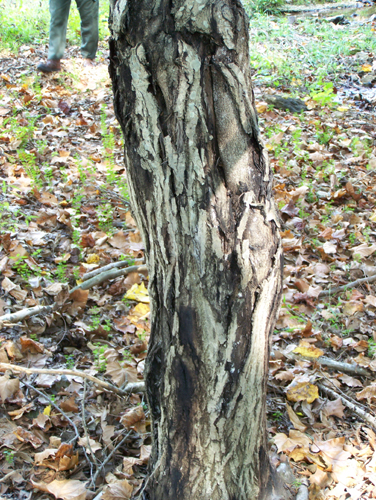
In Tennessee, butternut naturally occurs in the middle and eastern regions of the state. Once fairly common, butternut populations have been greatly reduced by butternut canker disease [causal agent: Ophiognomonia clavigignenti-juglandacearum (Nair, Kostichka, & Kuntz) Broders & Boland]. Unfortunately, the species also is susceptible to Thousand Cankers Disease (causal agent: UT-TIP has conducted research on this species for the last 30 years and established a genetic conservation planting at the Jack Daniel Distillery, which will be converted to a seed orchard after reproductive maturation.
Fraser fir [Abies fraseri (Pursh) Poir.], State rank: S1S2.
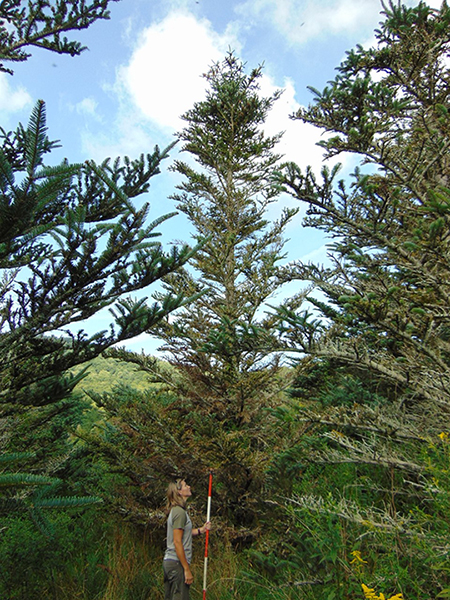
Fraser fir populations have been under attack by the nonnative balsam woolly adelgid [Adelges piceae (Ratzeburg)] since the late 1950s. The pest feeds on reproductively mature trees and the overstory in many populations has been decimated. In the late 1980s, UT-TIP worked with the Great Smoky Mountains National Park and the USDA Forest Service, Eastern Region Genetic Resources Program to establish two genetic resource conservation plantings of genotypes from different southern Appalachian mountaintops.
Harbison’s hawthorn (Crataegus harbisonii Beadle) State rank: S1.
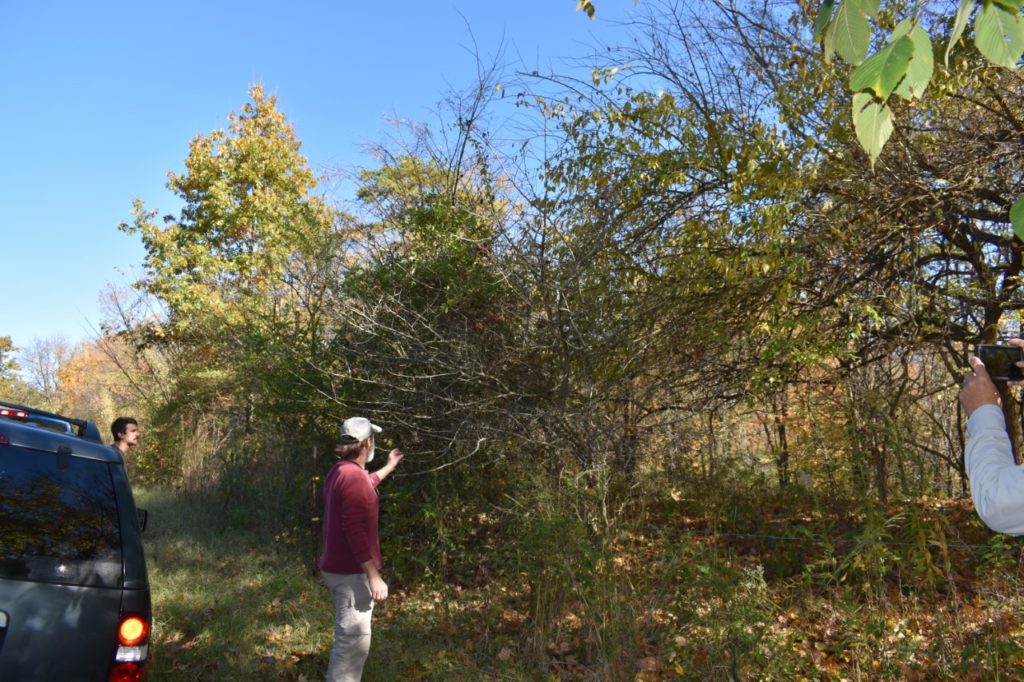
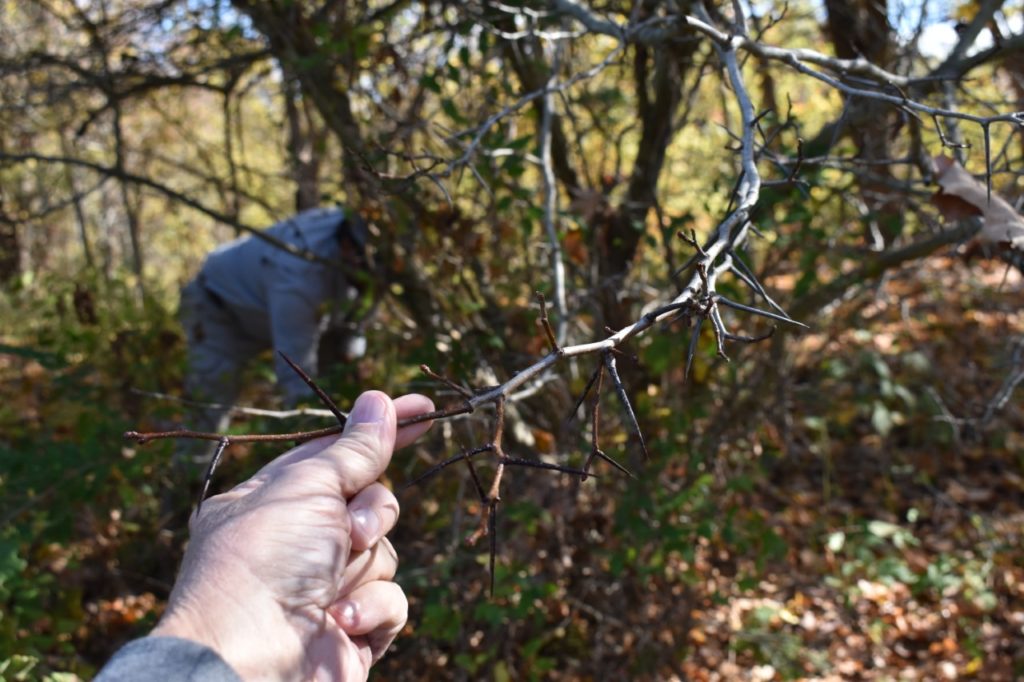
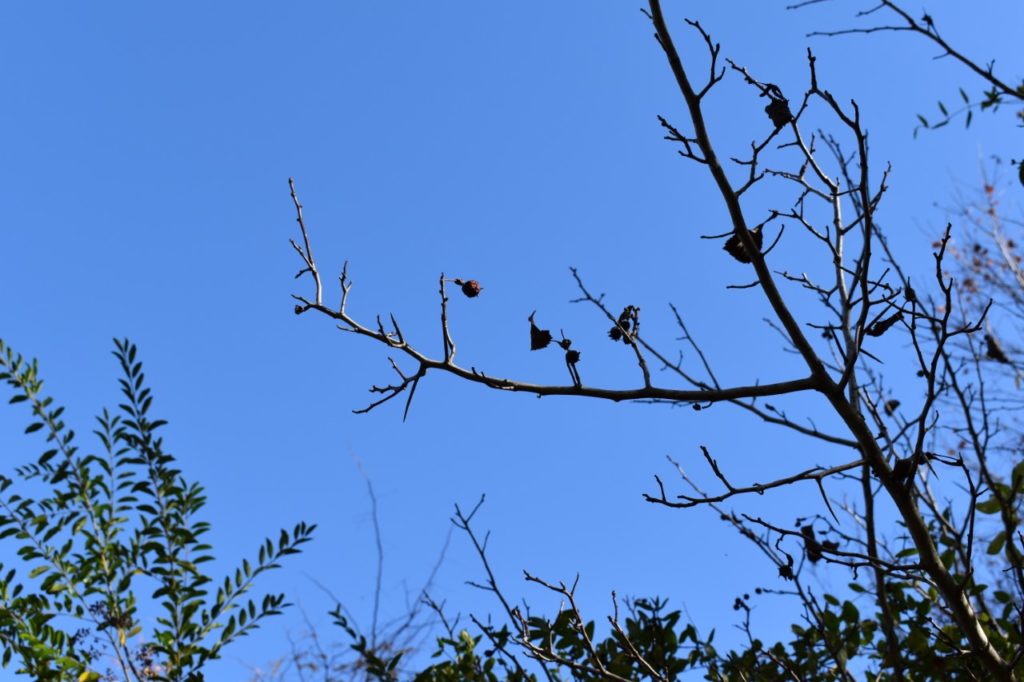
Harbison’s hawthorn is one of the rarest woody plant species in North America. Prior to the 2019 discovery of a small population (n=around 70 individuals) in Obion Co., Tennessee, the species was known from only two extant trees in the Nashville, Tennessee area. Working with the Natural Conservation Resources Service, UT-TIP is preparing to graft many individuals of the Obion Co. population and the two Nashville genotypes (obtaining scions from existing grafted trees) and will create two small seed orchards in different western Tennessee locations. The orchards will not only conserve the genetic resources of this rare species, but will eventually provide the East Tennessee State Nursery and other growers with seed for restoration of this species to the Tennessee landscape.
Sand post oak [Quercus margarettae (Ashe) Small], State rank: S1.
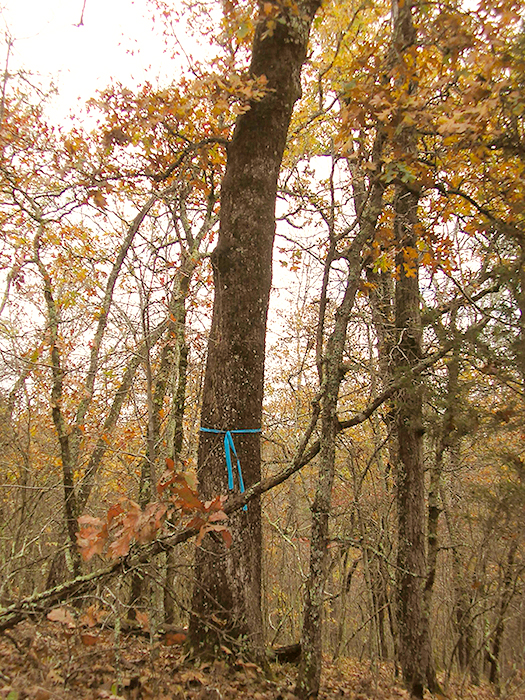
In Tennessee, sand post oak is found in only one population on the Tennessee Wildlife Resources Agency’s Wolf River Wildlife Management Area. Only 35-40 individuals are present in this population. UT-TIP has collected acorns from some trees and has grown some individuals, but seed crops are irregular and acorn quantities are limited and usually of poor quality. Moreover, the seedlings could be hybrids between sand post oak and post oak (Quercus stellata Wangenh.), as post oaks are interspersed with the surviving sand post oaks. In 2022, a decision was made to grow rootstock of post oak and graft every individual in the population in 2024. The resulting grafts will form a seed orchard on the UT Ames AgResearch and Education Center, thereby conserving the Tennessee genetic resources of this species and eventually providing acorns to the East Tennessee State Nursery to grow stock for restoration.